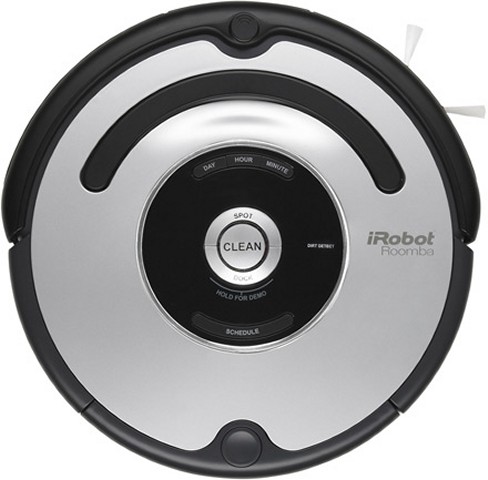Throughout the documentary Objectified, director Gary Hustwit explores objects that modern society encounters everyday, such as chairs, cars, toothpicks...just a few to mention. One of the ongoing themes within the documentary is the interaction of form and content within the design of each object. One object that the film focused on was the vacuum, examining the form and content of three different modern vacuums.
With the Dyson vacuum designed by James Dyson, the form of the vacuum fits the content of its design: the handle on the top, suction on the bottom, movement by wheels. Basically, the Dyson vacuum's form fits the concept of a typical vacuum.
(Source: http://static.howstuffworks.com/gif/productImages/5/9/00000119359-DirtDevilKONEM0213-large.jpeg)
Another vacuum examined within the film was the Dirt Devil KONE, designed by Karim Rashid. By looking at the KONE's form, the content of the design is very unclear. Karim designed the vacuum to function as a piece of art while being a common household item. However, the vacuum fits more towards its art aspect rather than its vacuum aspect, having its viewers question if the KONE is even a vacuum at all.
The Roomba vacuum, the last vacuum examined in the film, functions by itself without any human interaction. Because of this, the Roomba's content deviates from that of a typical vacuum.
As mentioned in the film, "We now have a new generation of products, where the forms bear absolutely no relation to the function." The interaction of form and content within the modern objects of the film has taken a new conversation as technology and design evolved over time. The "tangible content" of original designs have turned "intangible" as the object's design has been innovated over time.
















